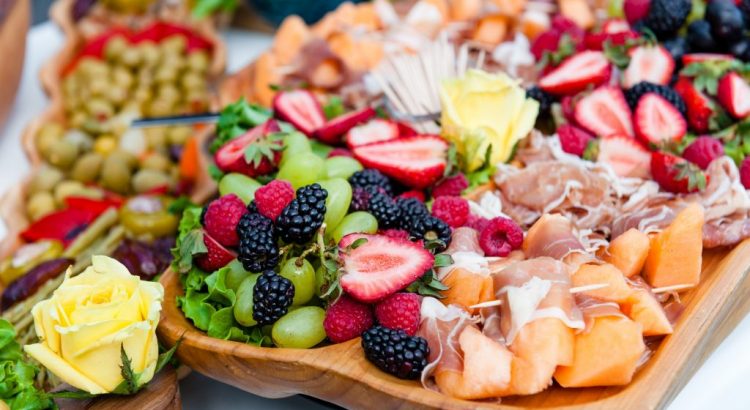Under these stay-at-home orders, getting food and feeding your family remains an essential activity. For many people, food delivery is an attractive option. For others, grocery shopping may be one way to experience some sense of normalcy. Whatever you choose, here are a few tips to help you make the best use of your time and resources:
Take inventory of your pantry
You will probably find items that have been tucked away for a long time or half full containers. Check your refrigerator and freezer for items too, and toss anything you are unsure of. This will provide adequate space for purchased items. Make a list of what you currently have, what is expiring soon, and what you are running low on. Label food items with their expiration dates so you can keep track of which items need to be eaten first.
Make a plan for your meals and list
When making a grocery list, refer to your inventory list to quickly see what you need to buy. Plan your meals based on what you have and what your family likes to eat. With fewer options available, we need to be strategic about what we put in the cart. Consider purchasing food items for a minimum of two weeks at a time.
When grocery shopping:
- Use hand sanitizer when entering stores, and wash hands and/or use sanitizer as soon as possible after leaving
- Wear a face mask while in public
- Try to maintain social distancing as much as possible while shopping
- Avoid touching surfaces or items unnecessarily
- Avoid touching your mouth, nose or face at all times
Keep in mind these pantry basics when shopping for dry/canned goods, refrigerator and freezer foods. They will keep your family nourished while sheltering in place.
- Canned foods to keep in your pantry: fruits, vegetables, tomatoes, beans, corn, fish (such as tuna and salmon)
- Other important pantry items: nut butters, whole grain pasta, rice, quinoa, broths, oils, shelf-stable milk, dried fruit, cereals, and oatmeal
- Refrigerator staples: eggs, cheese, juice, and milk
- Hearty produce: pears, oranges, apples, beets, broccoli, cauliflower, Brussels sprouts, sweet potatoes, squash, white potatoes, onions, garlic, and carrots, cabbage (these items keep longer)
- Freezer staples: shrimp, edamame, veggie burgers, ground beef or turkey, tofu, fruits, vegetables (help control food waste use what you need and return package to freezer)
Having these basic meal builders on hand will help with meal planning and ensure that your family has balanced meals. Visit http://eatsmartmovemoreva.org/ for low cost healthy recipes.

Food safety practices are key
CDC and USDA are not aware of any reports at this time of human illnesses that suggest COVID-19 can be transmitted by food or food packaging. However, it is always important to follow good hygiene practices (i.e., wash hands and surfaces often, separate raw meat from other foods, cook to the right temperature, and refrigerate foods promptly) when handling or preparing foods. Pay special attention to fresh fruits and vegetables. Just before use, make sure you rinse your produce under running water. There is no need to wash packaged fruits and vegetables labeled “ready-to-eat,” “washed” or “triple washed.” Do not wash produce with soap, detergent, or chlorine as these products are not intended for consumption. Additionally, proper food storage will ensure the best use of your food resources and reduce food waste. Visit the Foodkeeper App to help you maximize the freshness and quality of items.
Resources:
https://www.choosemyplate.gov/
